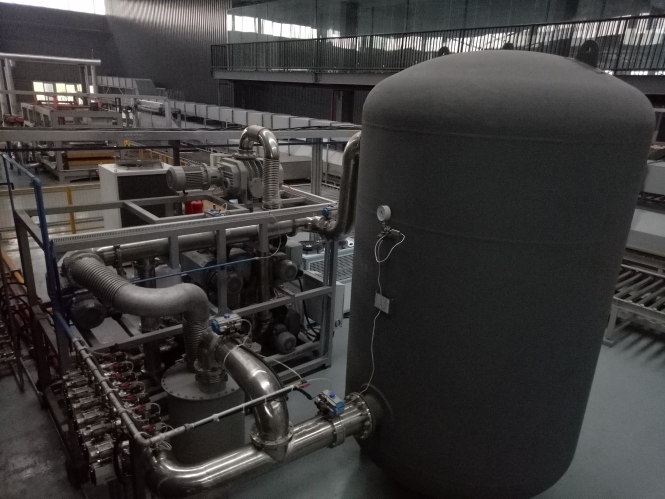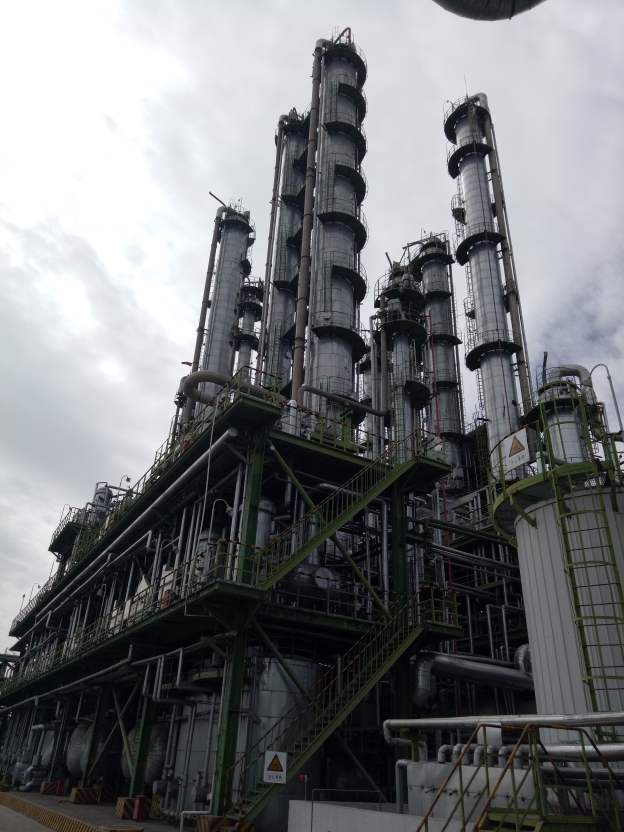Vacuum distillation is an important process in the pharmaceutical
and chemical industry and has applications in many other sectors including beverage and food production. Another example is crude oil refining where two distillation processes are required due to crude oil containing heavier and lighter hydrocarbons with different boiling points. After atmospheric distillation, a second distillation is carried out under vacuum to separate heavy hydrocarbons at lower temperatures, minimizing thermal cracking and the creation of unwanted by-products.

Our wide range of vapor-compatible, corrosion-free vacuum equipment is ideal for use in distillation processes. We offer ATEX (explosion-proof) models for use with flammable vapors, gases and liquids.
Which Hokaido product series are particularly suited to distillation processes with vacuum?
RSP screw vacuum pumps are ideal for distillation applications as they generate high vacuum in a single stage. As these pumps run without operating fluids, they are able to extract media as a vapor without contamination. As a result, the media can be reused after condensation. An extensive range of sizes and models are available, including explosion-proof versions (ATEX).

2BV/2BE liquid ring vacuum pumps are extremely robust vacuum generators that are used in a number of distillation processes. They can be supplied in a wide range of series, sizes and material of construction options to suit specific applications.
2RH-C series rotary vane vacuum pumps have been used in distillation processes for more than 50 years. These two-stage vacuum pumps have a simple and proven design and are fresh-oil lubricated. The operating fluid is supplied to the compression chambers in minimal quantities.Process-compatible fluids can be used.
Oil-lubricated RH series rotary vane vacuum pumps may also be suitable for use in distillation processes.


